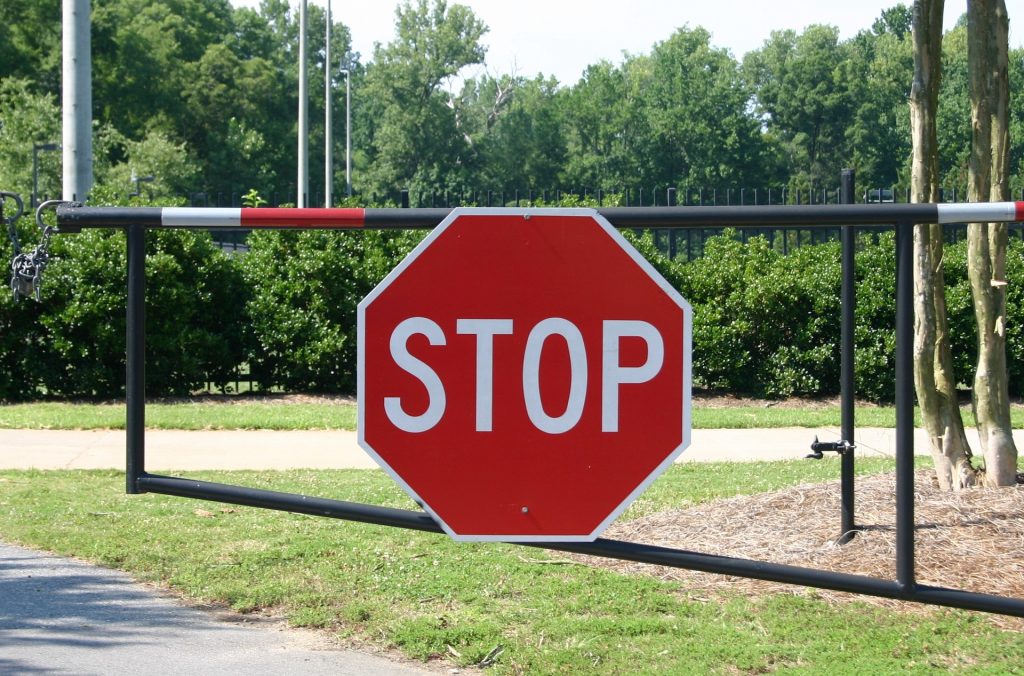 A 2016 case demonstrated the importance of making sure our universities remain safe and secure. While one would like to think our schools would be free from the dangers of larger society, Tulane learned the necessity of vigilance.
A 2016 case demonstrated the importance of making sure our universities remain safe and secure. While one would like to think our schools would be free from the dangers of larger society, Tulane learned the necessity of vigilance.
While a student at Tulane University, the Plaintiff, Stephanie Boyd, shared a dorm suite with shared bathroom. One of her suitemates guests, Defendant Andrew Cebalo, took advantage of the shared bathroom to sneak into Stephanie’s bedroom at night and molest her.
In the initial trial, Ms. Boyd alleged Tulane University was negligent for failing to properly secure the premises, provide safe housing, and comply with industry standards regarding door locks and security. In response, Tulane filed an exception of no cause of action. Boyd filed an opposition to the exception of no cause of action, and an amended and supplemental petition alleging a failure to implement measures protecting students from foreseeable criminal harm. The trial court sided with Tulane, and dismissed the case with prejudice (meaning the lawsuit could not be filed again in the future).
 Louisiana Personal Injury Lawyer Blog
Louisiana Personal Injury Lawyer Blog


 When writing leases, it is important to pre-determine who is at fault if an accident or injury occurs on the rented land. Yet, this determination can become complicated when the border of the leased land comes into play. Other issues can involve the exact lease language which states whether one party is indemnified, or is free from having to pay damages. A case out of western New Orleans shows how damages and fee allocations for a horrific accident involving a loose metal gate depends on which lease governs, what clauses are met, and where fault should be allocated.
When writing leases, it is important to pre-determine who is at fault if an accident or injury occurs on the rented land. Yet, this determination can become complicated when the border of the leased land comes into play. Other issues can involve the exact lease language which states whether one party is indemnified, or is free from having to pay damages. A case out of western New Orleans shows how damages and fee allocations for a horrific accident involving a loose metal gate depends on which lease governs, what clauses are met, and where fault should be allocated. Freak accidents can happen in the most unexpected ways. When these life-altering events occur, it often affects more than the injured person. Depending on the circumstances, family members can receive compensation for non-physical injuries, such as loss of consortium (companionship).
Freak accidents can happen in the most unexpected ways. When these life-altering events occur, it often affects more than the injured person. Depending on the circumstances, family members can receive compensation for non-physical injuries, such as loss of consortium (companionship). In the workplace, providing a safe environment through training, communication, and safety standards can help create an injury-free workplace. Yet, despite every precaution, accidents can still happen and then the situation becomes one of determining whose negligence caused the injury. This issue was explored in a maritime action filed on May 9, 2012 in the Twenty-Ninth Judicial District Court for the Parish of St. Charles.
In the workplace, providing a safe environment through training, communication, and safety standards can help create an injury-free workplace. Yet, despite every precaution, accidents can still happen and then the situation becomes one of determining whose negligence caused the injury. This issue was explored in a maritime action filed on May 9, 2012 in the Twenty-Ninth Judicial District Court for the Parish of St. Charles.  Sometimes it is easily apparent when one party is liable in a car accident, such as when the facts leave little room for dispute. However, it may not be as easy to determine the amount of damages the plaintiff should receive. How should pain and suffering be calculated? And how much of this pain and suffering is a result not of the accident but of natural course of aging or a preexisting condition? This issue of calculating damages was recently explored in a DeSoto Parish, Louisiana, lawsuit.
Sometimes it is easily apparent when one party is liable in a car accident, such as when the facts leave little room for dispute. However, it may not be as easy to determine the amount of damages the plaintiff should receive. How should pain and suffering be calculated? And how much of this pain and suffering is a result not of the accident but of natural course of aging or a preexisting condition? This issue of calculating damages was recently explored in a DeSoto Parish, Louisiana, lawsuit. In the typical employee-employer relationship there is a certain aspect of trust. For the employer, they must trust that the employee is doing their job properly, and the employee must trust the employer will ensure a safe environment to perform their job. This case deals with a situation involving the trust of a safe workplace, and answers the question if an injury can be considered “on the job” if symptoms do not materialize for days following the accident.
In the typical employee-employer relationship there is a certain aspect of trust. For the employer, they must trust that the employee is doing their job properly, and the employee must trust the employer will ensure a safe environment to perform their job. This case deals with a situation involving the trust of a safe workplace, and answers the question if an injury can be considered “on the job” if symptoms do not materialize for days following the accident. If injured at work, many people will turn to a lawyer to learn about the legal options and damages available to them. Yet, a good lawyer can do more than just obtain damages, such as negotiate with the employer to facilitate accommodations needed in order to return to work.
If injured at work, many people will turn to a lawyer to learn about the legal options and damages available to them. Yet, a good lawyer can do more than just obtain damages, such as negotiate with the employer to facilitate accommodations needed in order to return to work.  The Louisiana Supreme Court has recognized that awarding damages for medical expenses without awarding pain and suffering damages, though seemingly inconsistent, is not invalid on its face.
The Louisiana Supreme Court has recognized that awarding damages for medical expenses without awarding pain and suffering damages, though seemingly inconsistent, is not invalid on its face.  What’s wrong, Lassie? Did Timmy fall down the well in Red River Parish? No? It was John Cantu who fell in the well, because of someone’s negligence? Let’s let Louisiana’s Second Circuit Court of Appeal figure this one out.
What’s wrong, Lassie? Did Timmy fall down the well in Red River Parish? No? It was John Cantu who fell in the well, because of someone’s negligence? Let’s let Louisiana’s Second Circuit Court of Appeal figure this one out. Once a trial court determines a judgment, it is difficult to obtain a reversal, especially if the judgment is one in which a jury awards compensation for a personal injury plaintiff. In the case below, the defendant appealed the amount the Trial Court awarded the plaintiff. The Appellate Court was deferential to the Trial Court’s judgment.
Once a trial court determines a judgment, it is difficult to obtain a reversal, especially if the judgment is one in which a jury awards compensation for a personal injury plaintiff. In the case below, the defendant appealed the amount the Trial Court awarded the plaintiff. The Appellate Court was deferential to the Trial Court’s judgment.